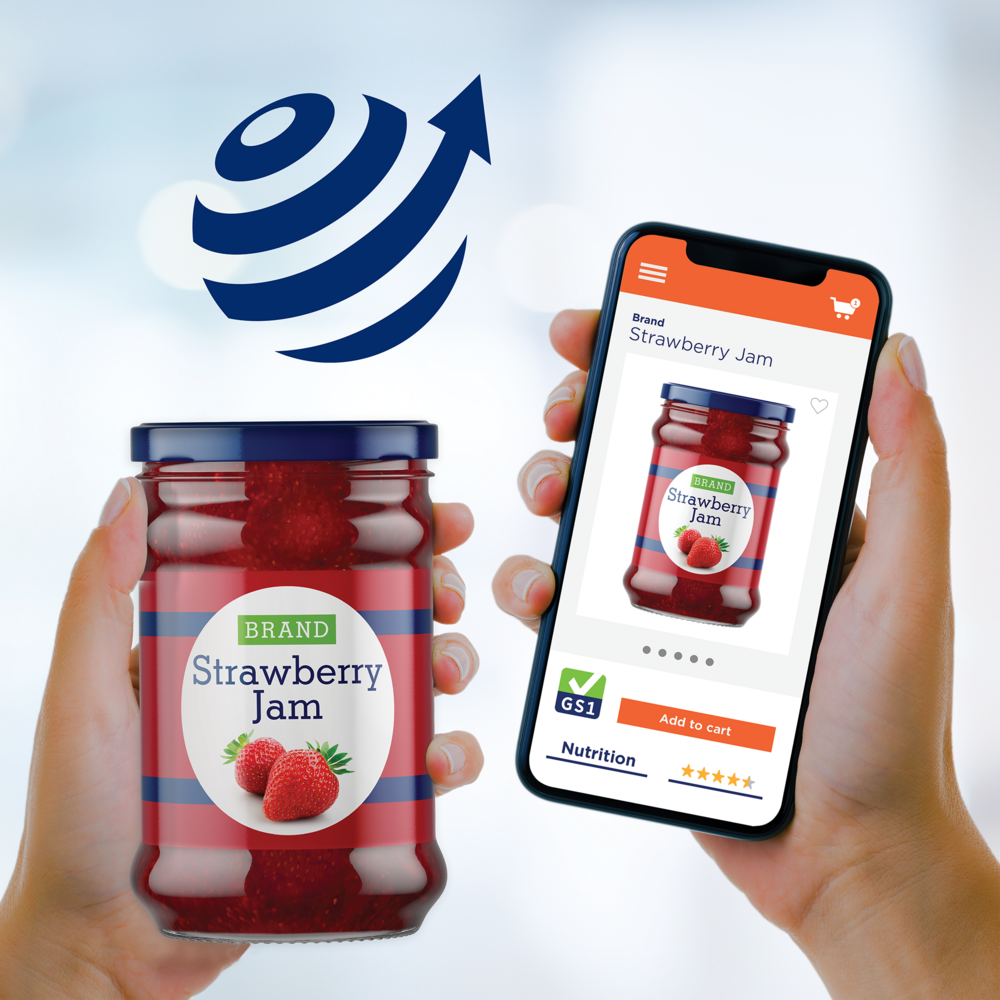Product digital twins must be identical
Most food and grocery products have a digital twin these days – and it must be an identical twin. That imperative has come increasingly to the fore over the past year, especially since the tightening of labelling rules in relation to food allergens.
A digital twin is the digital representation of a physical product, and all information relevant to that product, for use in online marketing and sales, and for enhancements to supply chain efficiency. Every online grocery store is displaying digital twins.
The critical thing to remember is that, under New Zealand’s Fair Trading Act 1986, all representations of a product must avoid being false, misleading or unsubstantiated wherever they appear – that applies to digital representations as well as information shown on physical product labels. With food, it means the ingredients list, nutritional details and so on must be equally full and correct on the product and its digital twin.
Since the new rules for Plain English Allergen Labelling (PEAL) came into force in February 2024, food brand owners and product suppliers have generally been very attentive to ensuring precise information about allergens is set out in the specified format and location on physical labels. But they also need to be doing the same with digital twins.
Fair Trading Act provisions apply to every aspect of product representation not just to allergen advice, but PEAL has a particular bite because of associated consumer health risks when information isn’t shown. People vulnerable to allergic reactions absolutely need to know what they’re buying and eating – and for product suppliers, non-disclosure comes with risks of legal prosecution.
Given all this, GS1’s On Pack data collection service is an extremely valuable backstop for all parties. On Pack takes everything on a physical product label and creates the necessary identical digital twin in a form that can be directly integrated into supermarkets’ online marketing and sales.
GS1 has a unique view on consistency and alignment of product representations, with the arrival of PEAL the latest (and perhaps most compelling) reminder of how important this is. Indeed, periodic auditing as part of the GS1 ProductFlow service – On Pack is one component of ProductFlow – has shown the extent of discrepancies that were occurring across all types of information, including that required by PEAL. An audit in April found digital twins were not fully identical in eight out of 10 cases.
It’s an issue that will need greater attention as we all proceed further in 2024.


